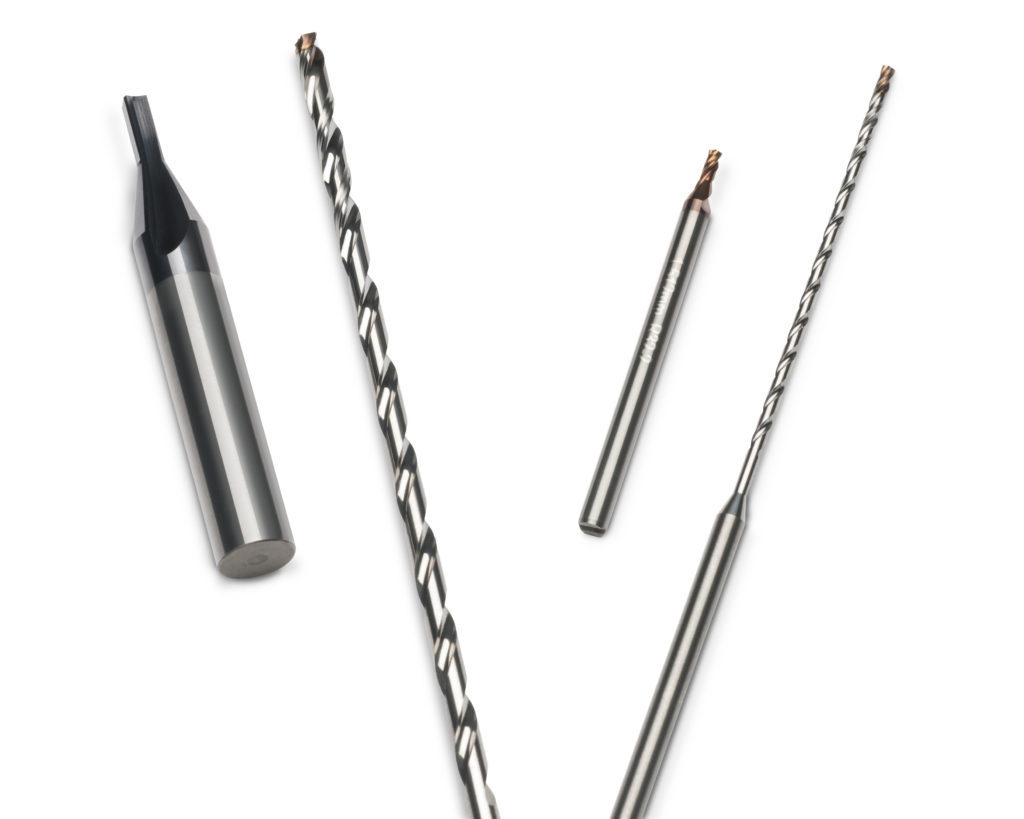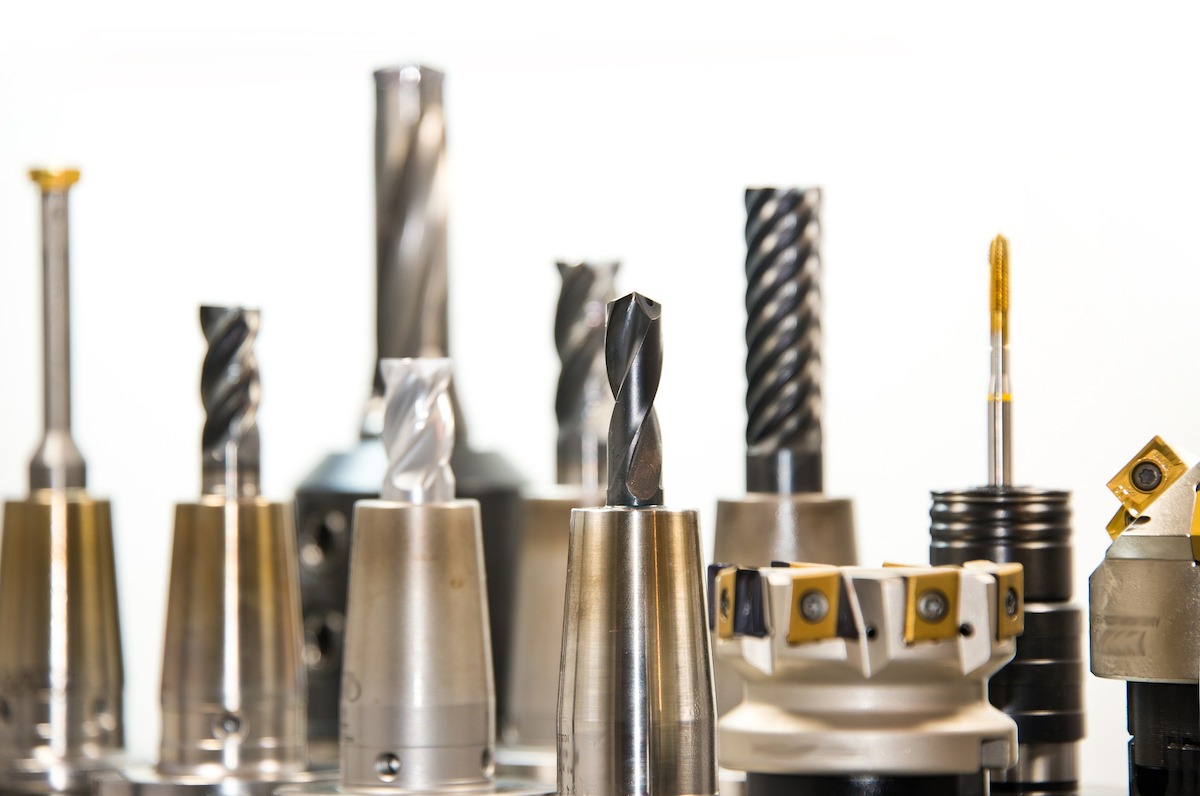
Solid Carbide Drills: Top 5 Applications Calculations
Solid carbide and end-milling are vital CNC applications. Strength and heat resistance are solid carbide’s two essential advantages. It’s uniquely suited for use on difficult-to-machine metals. Whether you’re working with solid carbide drills or end-milling equipment, it’s critical to have correct calculations. This brief guide introduces some applications and calculations used in solid carbide drilling and end-milling.

Calculations for End Milling
Proper calculations are critical to the end-milling process. Speed, feed and rate are among the most common formulas. We measure speed in rotations per minute, based on tool diameter and surface feet per minute: RPM = (SFM * 12) / (D * pi). Another is the cutting feed-in inches per minute, where FPT stands for feed per tool and Z represents the cutter’s number of teeth: IPR = FPT * Z. Finally, the feed rate in inches per minute comes from multiplying the feed and speed calculations together: IPM = IPR * RPM.
Besides these basic formulas, you can find some other excellent end-milling calculators online. For instance, Kennametal offers several engineering calculations for many metalworking applications. The Kennametal calculator section includes several essential end-milling calculators:
- Ball nose surface finish
- Force, torque and power
- G-spec balance formula
- Helical interpolation
- KM indexable torque and power
- KM solid end-mill torque and horsepower
All the Way To Z-Axis Milling
Also known as CNC plunge milling, Z-axis milling cuts material at the end of the tool instead of the outer edges. Similar to end-milling, this technique plunges the end-mill flute inside the block of material instead of moving it around the edges. This method is ideal for rough milling, especially with complex or free-form shapes. Z-axis milling also minimizes vibration inside the machine, so it’s optimal for deep cavity machining applications such as mold- and cavity-making. Finally, this technique works well on hard-to-machine materials such as titanium.

Top 5 Carbide Drilling Applications
Solid carbide tools work best with high-quality tool holders and equipment. Their drill bits are strong and heat-resistant, but they also tend to be brittle. Precision machines are ideal for getting the most out of solid carbide. These drills deliver stellar performance in several critical scenarios:
- Nickel-based super-alloys such as Hastelloy and Waspaloy
- Refractory metals, including tungsten and tantalum
- High-volume drilling operations
- Deep hole drilling applications
- Close tolerance holemaking
Creating complex sub-assemblies with composite materials is a common application in aerospace manufacturing. Solid carbide drills and end-mills work well with composites containing carbon fiber. These sub-assemblies may also include tantalum, titanium, tungsten or titanium alloys, which can be difficult to machine. Solid carbide’s durability is a plus for high-volume and deep hole drilling. Its brittleness also leads to increased precision, which is essential when you’re dealing with close tolerance holemaking.
Solid Carbide’s Many Benefits
Solid carbide tools offer many benefits in metalworking operations. They’re the tools of choice for high-volume drilling, working with hard-to-machine metals and other applications where precision, durability and heat resistance are critical. Partnering with a trusted machine tools vendor ensures that you source the equipment you need for high-quality, cost-effective production.






